This post is part of the 2nd Annual “Favorite Stars in B Movies” Blogathon presented by Films From Beyond the Time Barrier (filmsfrombeyond.com)
The Abominable Snowman… or The Abominable Snowman of the Himalayas, if you wish to call the film by its extended title, and really, why would you?… is a 1957 science fiction film produced by the now legendary Hammer Film Production. The film was directed by Val Guest, who Hammer and sci-fi aficionados should know as the director of 1955’s The Quatermass Xperiment, as well as that film’s first sequel, Quatermass II, which also released in 1957.
In another Quatermass connection, The Abominable Snowman was written by Nigel Keane, who wrote the screenplay for the original BBC 1953 teleplay of “The Quatermass Experiment”, as well as screenplays for 1964’s First Men in the Moon and 1966’s The Witches. The Abominable Snowman is also based on another of Keane’s early BBC teleplays, “The Creature”, which aired live in 1955 and is now lost to time. Horror icon Peter Cushing starred in that production and reprises his role for the film.
TRIVIA: Nigel Keane is also reported to have been the writer of the script for what would ultimately become Halloween III: Season of the Witch. However, Keane would request to have his name removed from the project as he was not pleased with the amount of violence and gore that director Tommy Lee Wallace would add to the script.
The Abominable Snowman stars Cushing in what would be the first of 22 films that he would make for Hammer. Now, some readers may believe that The Curse of Frankenstein was Cushing’s first film for Hammer, and for the most part, they would be correct. Curse would release in June of 1957, while Snowman would release later that year in October. However, the earlier release of The Curse of Frankenstein, as well as the imminent release of Horror of Dracula in 1958 would undoubtedly play large roles in not only the lack of box office success, but also in why the film seems to be lesser remembered or, at least, lesser discussed among Hammer’s other titles.
Cushing stars as Dr. John Rollason, an English botanist visiting a small village located somewhere in the Himalayas in search of some ancient plant which he believes can be used for modern medicinal purposes. Tibetan weed, if you will. At least, that’s the excuse that Rollason has fed his young wife, Helen (actress Maureen Connell), and assistant, Peter (Richard Wattis, who also appeared in Casino Royale and Chitty Chitty Bang Bang). Truth be told, John has actually come to join an expedition led by American explorer Tom Friend (Forrest Tucker of TV’s “F-Troop” and The Crawling Eye fame) up to the Himalayas’ highest peaks in search of the legendary Yeti. Both Helen and the Lama of the local monastery attempt to dissuade John from joining Friend’s quest, albeit for somewhat different reasons.
TRIVIA: The Crawling Eye, aka “The Trollenberg Terror”, was often paired with The Abominable Snowman as a double feature package.
Joining Rollason and Friend on the journey are an American trapper named Shelley (Robert Brown, who appeared in Masque of the Red Death and One Million Years B.C., but is best remembered as “M” in the James Bond film franchise), a Sherpa guide, and a photographer named McNee, who claims to have encountered the creature on a previous expedition.
Initially, Friend appears to be both knowledgeable and determined, albeit with some signs of stubbornness and over-confidence, which tends to be a trait of many male American characters in British horror films of the era (and for years to come). The latter traits indeed prove true and come to the forefront of the character’s personality soon enough.
The early stages of the trek up the mountain are honestly fairly uneventful, featuring quite a bit of mountain footage and just as many sets decorated to look like mountain ridges, but little in the way of action. There’s a brief, but almost meaningless encounter with a trio of men who attempt to scare off our explorers by shooting at them, as well as a warning given about the potential of avalanches that only exists to set up later events. The only thing of any significance that comes out of these moments is the revelation that McNee is not an experienced climber, and even that fact is somewhat inconsequential.
Upon setting up their first camp, both of our leads disclose their true motives for seeking out the creature. While Rollason’s intentions are mostly that of scientific curiosity, hoping to study and learn from the creature, Friend hopes to capture the Yeti in order to capitalize off of the spectacle such a discovery would create.
About halfway through the film, a rather unique concept that I like to call “Snowman Syndrome” is introduced, but sadly isn’t developed as deeply and effectively as I would have liked. Since his first encounter with the creature on the previous expedition, McNee has had an unexplainable compulsion to find it once again, which plays into how he found his way onto this particular trip. However, he also falls into a trance-like state whenever the Yeti is nearby. Of course, it does take a while before anyone, namely Rollason, makes the connection.
Upon reaching the mountain peaks and their final campsite, all kinds of hell begins to break loose. McNee is injured after stepping into one of the bear traps that Friend has set to catch the creature. Meanwhile, Friend manages to capture what he initially claims to be the Yeti. The man must not have seen 1951’s Bedtime For Bonzo, for what he’s really caught is a chimpanzee. Deciding this to be “close enough”, Friend plans to take the chimp back to the States and market it as the Yeti.
This angers the as-yet-unseen Yeti, who smashes the cage and frees the small chimp. Glimpsing just the creature’s hand is enough to put McNee into his trance and to send the Sherpa guide screaming all the way back to the village. His return is witnessed by Helen, which provokes the already worried woman to organize a rescue mission for her husband. Oh, and those other guys. I guess. If there’s time.
A combination of fear, guilt, desperation and altitude sickness begins to spell doom for nearly all parties involved. That said, and at the risk of spoiling certain elements of the plot, it is worth noting that only one character dies at the hands of another. (There is some very solid argument made within the film itself that all the deaths are caused by the actions of one specific character.) By this point, the film has started to hammer (pun not intentional) home the concept that the real monsters on the mountain are not the Yeti.
The Abominable Snowman was released to Blu-ray in late 2019 by Scream Factory. The release opens with a disclaimer stating that the licensor had provided an HD master of the film that was missing some footage. By “some”, what is actually meant is “half the damn film”. As such, standard definition footage (often of rather poor quality) is used to fill in the blanks, leading to an extremely uneven presentation.
Excluding the mountains, the film’s only real setting is that of the small village, which, while quite detailed, is also quite cold, drab, and less visually appealing than the vibrant colorful settings already featured in Curse of Frankenstein, and soon to be showcased in films such as Horror of Dracula, The Mummy, Hound of the Baskervilles, and countless horror classics to come. By the time The Abominable Snowman released, audiences were already preferring the action, blood, and sex appeal of these new full-color horrors over the cerebral approach of a black and white tale of man’s encroachment on nature.
Now, that’s not to damn The Abominable Snowman. Not at all. In fact, the film presents a respectably compelling story, albeit one that’s often a tad dull, more than a little predictable, and possibly a few minutes too long for its own good. Tucker has long been criticized for his acting skills, and his performance does lack compared to those of Cushing and Connell, but I’ve personally never been bothered or distracted by his performances in the limited films and shows featuring him that I’ve watched. The same can be said of his performance here.
Overall, The Abominable Snowman is a decent watch, but not what I would personally consider to be one of Hammer’s better films. There’s a decent story to be found, but not one that manages to create the same excitement, chills, or thrills as its counterparts.


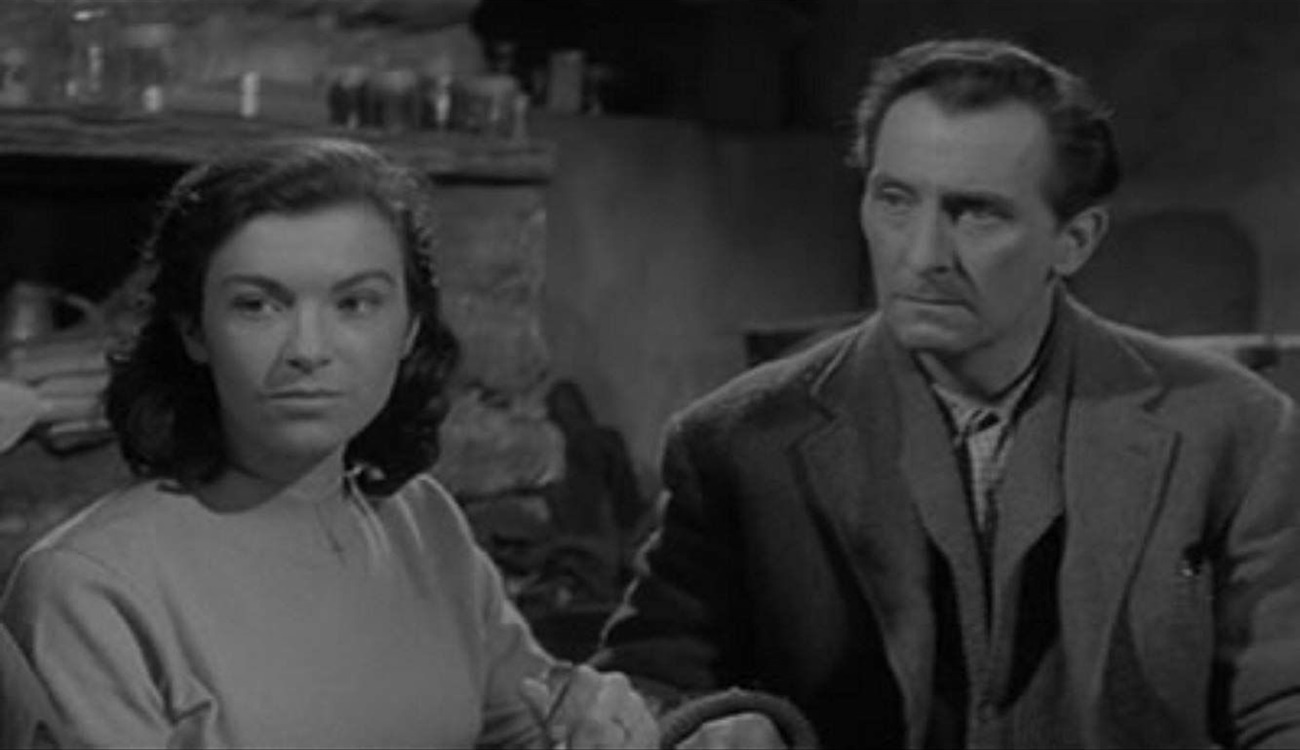
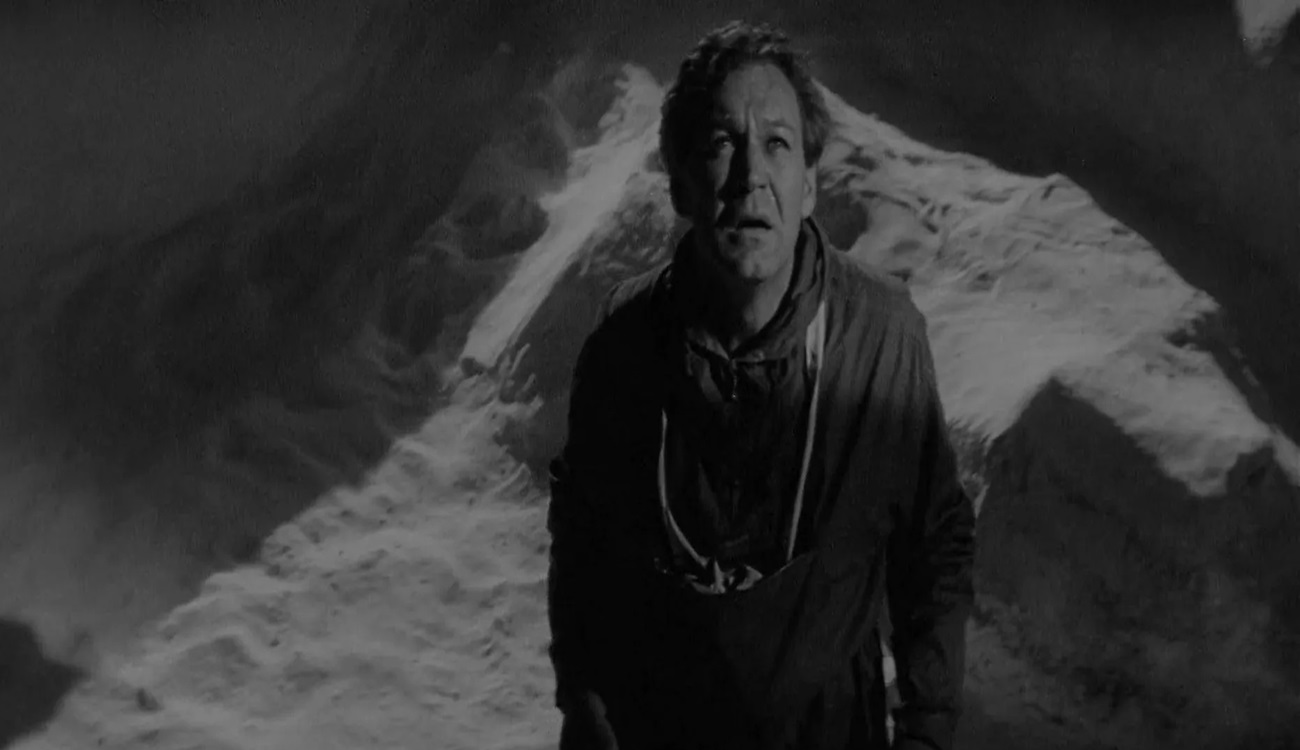
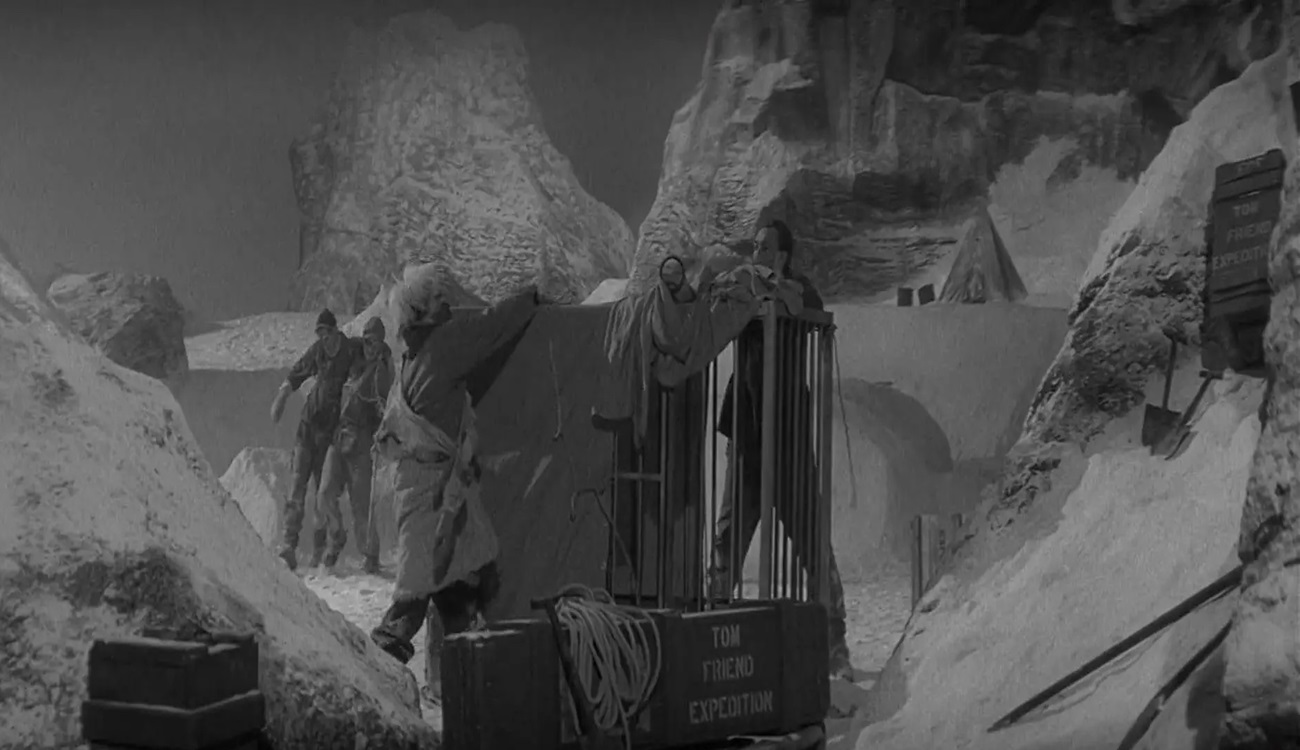
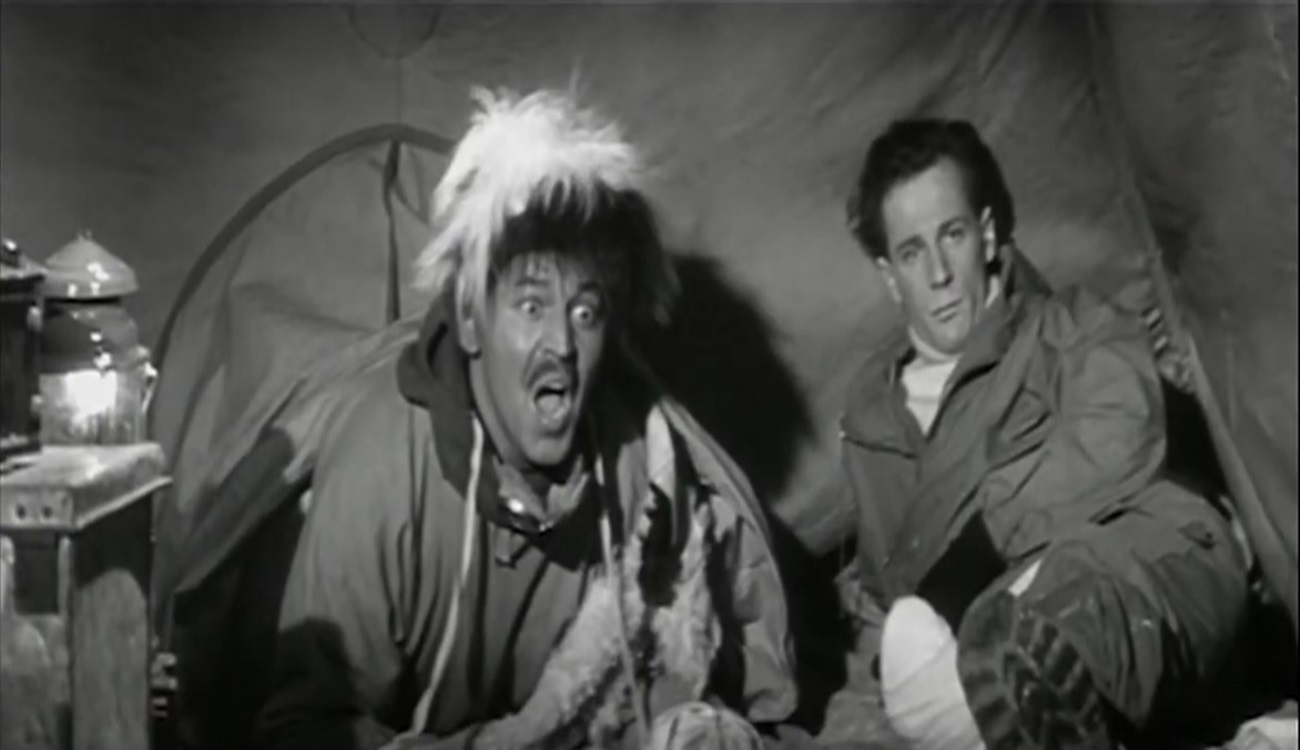
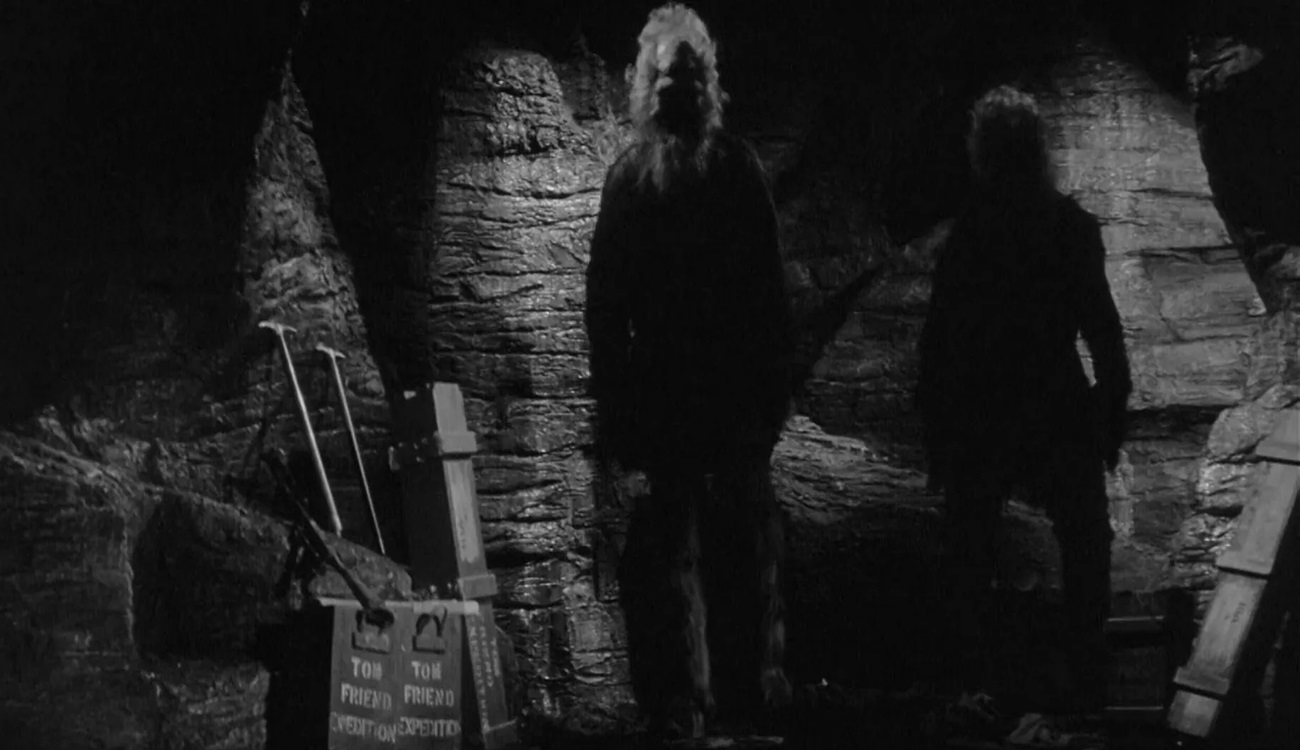
Dustin, Thank you so much for this great contribution to the blogathon! As you point out, Hammer’s color Gothics with Frankenstein and Dracula would quickly eclipse the studio’s black and white sci-fi pictures, but I still have a soft spot for their modest programmers like The Abominable Snowman (and of course Quatermass). Although much of it takes place in the forbidding Himalayas, Snowman feels like a faithful adaptation of a limited set stage play, which perhaps reflects the original TV production. And as you say, that’s not to damn it — the power of the performances, especially Cushing’s, carries the day.
LikeLiked by 1 person
How on earth did I manage to miss this film?! It does appear to have its flaws, but the remote possibility of an abominable snowman is too much to pass up.
LikeLiked by 1 person
I checked out a book at my local library, an encyclopedia of Bigfoot, which included a bunch of movies. I noted them all down for future Midnite Drive-In posts. This was one of the ones listed. I have to see if I can find it now,
Quiggy
LikeLiked by 1 person
Great review! I’ve never seen this one, but with a star like Peter Cushing and a director like Val Guest, it’s worth checking out.
LikeLiked by 1 person
great review of The abominable snowman! Honestly, if I have seen this film, it’s been so long that I don’t remember any of it! I should check it out again and I am very intrigued by the Halloween III connection! It’s a shame the screenwriter had his name removed because I think it’s a rather good movie.
LikeLiked by 1 person
I’m a fan of this film, but then there is hardly a film containing a Peter Cushing performance that I don’t like. Tucker is obnoxious and a bit one-dimensional, but that’s what the role called for and he makes a good foil for Cushing.
I have that Scream Factory BluRay. It is disappointing, but I’ll take what I can get.
LikeLiked by 1 person